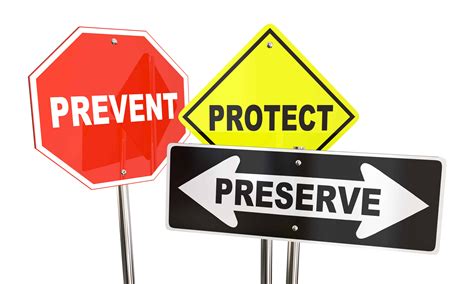How to prevent razor burn & ingrown hairs for a smooth, high-performance shave?

Shaving, a routine for many, can often turn into a battle against razor burn and unsightly ingrown hairs. These common irritations can transform a fresh start into an uncomfortable ordeal. But achieving that coveted smooth, high-performance shave isn’t just about the razor; it’s a holistic approach encompassing preparation, technique, and aftercare. Let’s delve into the strategies that will help you banish these shaving woes for good.
The Foundation: Proper Preparation for an Optimal Shave
A great shave begins long before the blade touches your skin. Preparing your skin and hair correctly significantly reduces friction and irritation. Start by washing your face with warm water or, even better, shaving after a warm shower. The steam and heat open pores and soften your hair follicles, making them easier to cut. Consider using a gentle facial cleanser to remove dirt and oil, ensuring a clean surface.

For an extra layer of protection, especially if you’re prone to irritation, a pre-shave oil can be a game-changer. It creates a slick barrier between your skin and the razor, allowing for a smoother glide. Follow this with a high-quality shave cream or gel. Lather it up thoroughly, allowing it to sit on your skin for a minute or two. This further softens the hair, reducing tugging and pulling.
Mastering the Shave: Tools and Technique
Your razor is your most important tool. Always use a sharp, clean blade. Dull blades are a primary culprit for razor burn and ingrown hairs because they drag and pull at the hair instead of cleanly cutting it. Change your blade regularly – typically after 5-7 uses, or sooner if you feel resistance.

The direction of your shave matters immensely. For most people, shaving with the grain (in the direction your hair grows) is the best way to prevent irritation. While shaving against the grain might feel closer, it significantly increases the risk of razor burn and ingrown hairs. If you desire a closer shave, consider a second pass across the grain, but never directly against it if you’re prone to issues.
Use light, short strokes without applying excessive pressure. Let the razor do the work. Rinse your blade frequently under warm water to clear away accumulated hair and shaving cream, ensuring optimal performance throughout your shave. Stretching your skin taut slightly can also help the razor glide more effectively.

The Crucial Follow-Up: Post-Shave Care
Once you’ve finished shaving, rinse your face thoroughly with cool water. This helps to close your pores and soothe the skin. Gently pat your face dry with a clean towel; avoid rubbing vigorously, which can cause irritation.
Apply a high-quality aftershave balm, not an alcohol-based splash. Alcohol can be very drying and irritating to freshly shaved skin. A good balm will hydrate, calm, and protect your skin, reducing redness and preventing dryness. Look for ingredients like aloe vera, witch hazel (alcohol-free), and hyaluronic acid.

Addressing and Preventing Ingrown Hairs
Ingrown hairs occur when hair curls back into the skin instead of growing out. Regular, gentle exfoliation is key to preventing them. Incorporate a mild physical or chemical exfoliant (like salicylic acid) into your routine a few times a week, especially in areas prone to ingrowns. Do this before you shave, or on non-shaving days.
If you already have an ingrown hair, avoid picking at it, which can lead to infection and scarring. Instead, apply a warm compress to the area to help coax the hair out. Special ingrown hair serums or treatments containing salicylic acid or glycolic acid can also be effective in dislodging the hair and reducing inflammation. Consistency in your shaving and skincare routine is your best defense against these persistent nuisances.

Conclusion
Preventing razor burn and ingrown hairs is an achievable goal with the right approach. By dedicating time to proper preparation, refining your shaving technique, and committing to a beneficial post-shave routine, you can transform your daily shave from a dreaded chore into a refreshing ritual. Invest in quality products, pay attention to your skin’s needs, and enjoy the confidence that comes with a consistently smooth, irritation-free shave.






